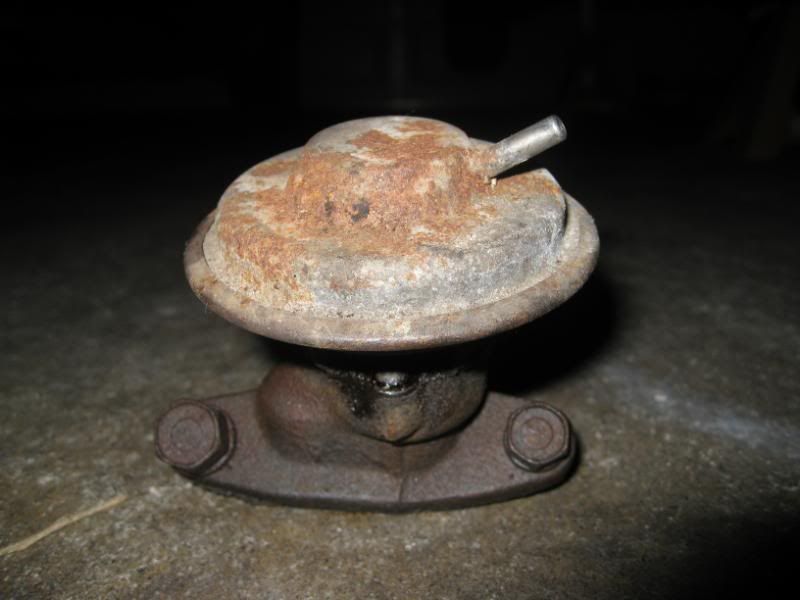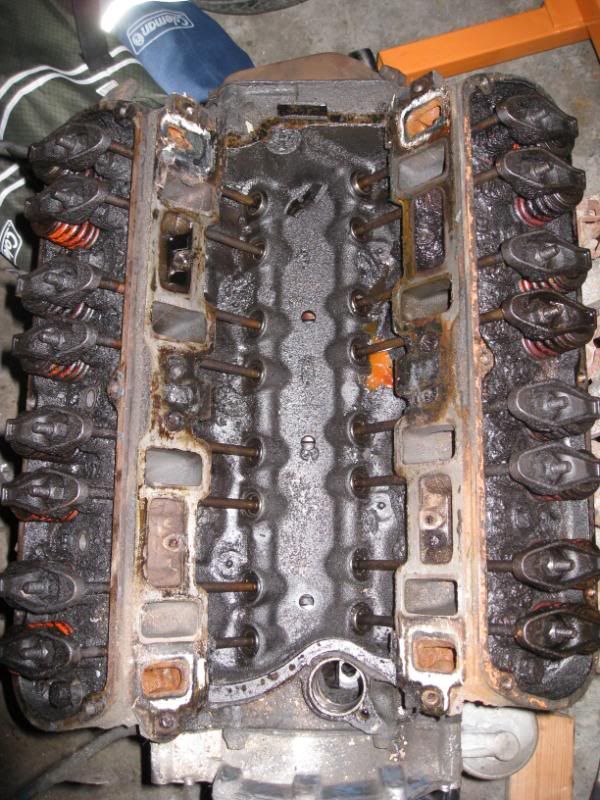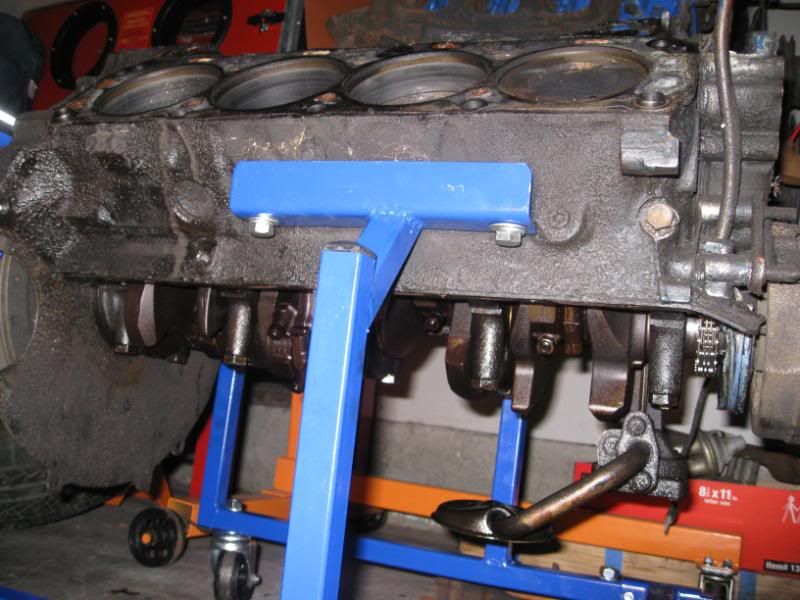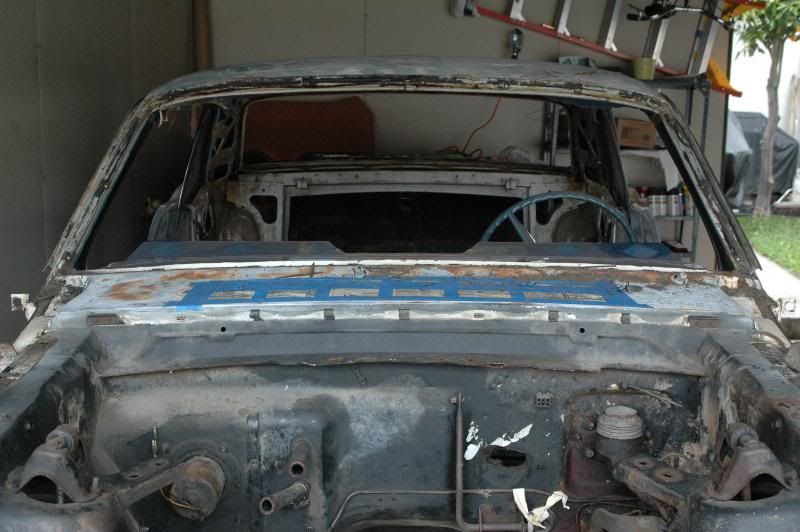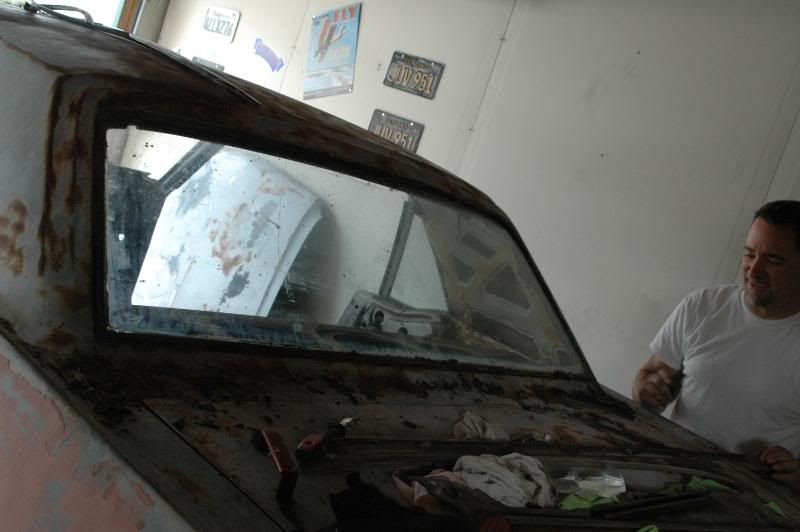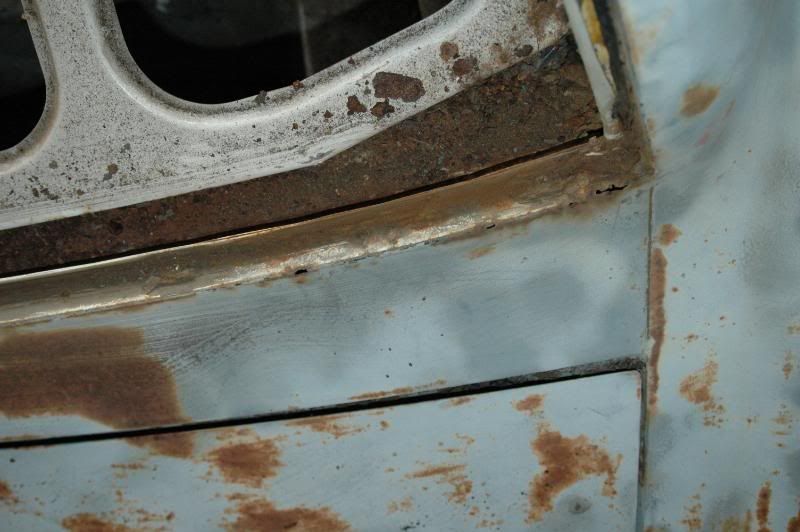"crustycurmudgeon" said:Be careful that the heads don't pop off and fall to the floor. Put a couple of head bolts back in a few threads until the heads are broken free.
Frank
Thank you for the tip Frank, it was the first thing I did when I got home last night.


